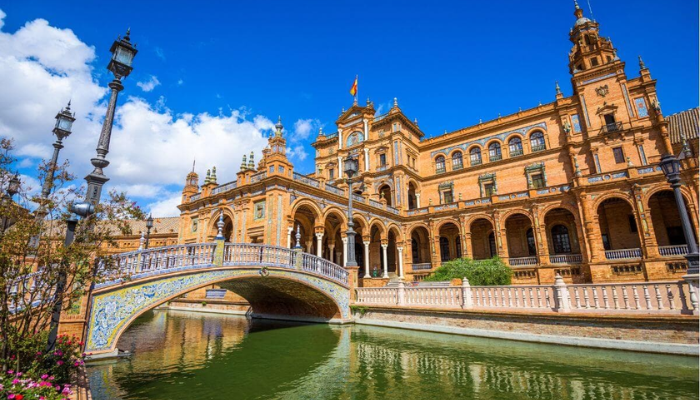A recent Travel + Leisure ranking has revealed the top five most beautiful cities in Europe, as voted by nearly 180,000 readers. The survey highlights destinations celebrated for their history, culture, and timeless charm.
From Disney-like castles perched on hilltops to cobbled alleys winding through centuries-old districts, Europe continues to captivate travellers with its architectural splendour and romantic appeal.
Read also: Ten cities to see by train on your next European trip
The list reflects readers’ admiration for cities that balance heritage and beauty, offering more than just postcard views but immersive experiences steeped in art, cuisine, and tradition. While the full ranking spans the continent, it reaffirms Europe’s status as the ultimate destination for those seeking authentic, old-world elegance.
Here are the top 5 most beautiful cities in Europe, according to travel experts.
Rome, Italy

Rome placed fifth, with a score of 88.91. Often described as an open-air museum, the Italian capital is known for its vast collection of ancient monuments and religious landmarks. Visitors continue to explore the Colosseum, the Pantheon, and numerous Renaissance and Baroque churches. St. Peter’s Basilica in Vatican City, designed in part by Michelangelo, remains a central feature of Rome’s landscape. Santa Maria Maggiore and the Pantheon, first a Roman temple and now a Catholic church, show how centuries of architecture and faith are layered throughout the city.
Beyond its major landmarks, Rome’s narrow cobblestone streets and fountains such as the Fontana di Trevi continue to attract travellers from around the world. For many, the city’s enduring appeal lies in its ability to connect ancient heritage with daily life.
Read also: List of top 10 longest train routes in the world
Istanbul, Turkey

Istanbul ranked fourth with a score of 89.47. Spanning both Europe and Asia, the city is a meeting point of cultures. Its architecture reflects Byzantine, Ottoman and modern influences. The Hagia Sophia, once a Byzantine basilica and later a mosque, and the Blue Mosque are among its most visited sites.
The Dolmabahçe Palace, often called the “Turkish Versailles”, showcases Ottoman design, while Galata Tower offers panoramic views of the city. The neighbourhoods of Balat and Fener, known for their colourful facades and antique shops, illustrate the mix of old and new that defines Istanbul.
Read also: See the list of top 10 longest bridges in Africa
Granada, Spain

Granada came third, scoring 89.48. Located in southern Spain’s Andalusia region, the city retains visible traces of its Moorish past. The Alhambra, an extensive fortress and palace complex built by North African rulers, dominates the skyline. Below it lies the Albaicín district, a maze of narrow streets, whitewashed houses and preserved Moorish baths.
Following the Christian reconquest, Granada became home to several significant churches, including the Basílica de San Juan de Dios and the Granada Cathedral, both examples of post-Renaissance architecture. The city’s layered history continues to shape its identity.
Read also: 5 Nigerian tribes with the longest, most expensive marriage list
Seville, Spain

Seville, the capital of Andalusia, ranked second with a score of 89.49. The city reflects centuries of Roman, Moorish and Spanish influence. Its historic district, Santa Cruz, is home to Seville Cathedral and the Alcázar, both built on earlier Islamic structures.
Across the Guadalquivir River, the district of Triana is known for flamenco, ceramics and traditional tapas bars. Plaza de España, a semi-circular square surrounded by canals, remains one of the city’s most recognisable landmarks and a gathering place for residents and visitors alike.
Read also: 5 longest wedding ceremonies with elaborate customs in the world
Florence, Italy

Topping the list with a score of 90.08, Florence was named Europe’s most beautiful city by Travel + Leisure readers. Widely seen as the birthplace of the Renaissance, it was home to figures such as Leonardo da Vinci, Galileo Galilei and Machiavelli.
The city’s skyline is defined by Brunelleschi’s dome, part of the Cathedral of Santa Maria del Fiore, and the historic Ponte Vecchio bridge. Streets lined with ochre-coloured buildings and views from Piazzale Michelangelo continue to draw visitors. For many, Florence’s lasting influence on art, science and architecture makes it a living record of European creativity.









